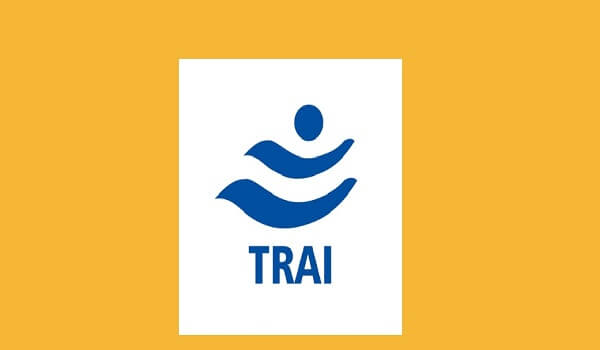Telecom Regulatory Authority of India (TRAI) took a significant step in modernizing the regulatory landscape by issuing the Telecom Regulatory Authority of India Repealing Regulations, 2023.
Telecom Regulatory Authority of India
- The Telecom Regulatory Authority of India (TRAI) was established with effect from 20th February 1997 by Telecom Regulatory Authority of India Act, 1997.
- TRAI consists of a chairperson and not more than two whole-time Members and not more than two part-time Members.
Functions
- To regulate telecom services, including fixation/revision of tariffs for telecom services which were earlier vested in the Central Government.
- Ensure quality of service and transparency in tariff
- Advise the government on policy matters and licensing issues
- The recommendations of the TRAI are not binding upon the Central Government.
Appellate Authority
- The TRAI Act was amended by an ordinance, effective from 24 January 2000, establishing a Telecommunications Dispute Settlement and Appellate Tribunal (TDSAT) to take over the adjudicatory and disputes functions from TRAI.
- This regulation aimed to repeal the outdated Regulation on quality of service of dial-up and leased line internet access service, 2001, which had been in effect since December 10, 2001.
Dial-up and Leased Line Internet Access
- Dial-up internet access is a form of internet access that uses the public switched telephone network (PSTN) to establish a connection to an ISP via a telephone line.
- It is the least expensive way to access the Internet, but it is also the slowest connection.
- Leased line internet access is a dedicated point-to-point data circuit that provides guaranteed bandwidth and symmetric upload and download speeds.
- They are typically used by businesses or organizations that need high-performance and reliable internet connectivity for their operations.
Regulation of dial up and leased line Internet access
- The Regulation on quality of service of dial-up and leased line internet access service, 2001, was initially introduced to govern the quality of internet services provided by Basic Service Operators and Internet Service Providers (ISPs) in India.
- The regulation applied to all providers, including the incumbent operators such as BSNL, MTNL, and VSNL.
- When the regulations were introduced, dial-up services were the predominant means of accessing low-speed internet. However, over time, the telecommunication networks have undergone significant transformations.
- The emergence of various technologies, including FTTH, LTE, and 5G, has made high-speed broadband services widely available to consumers.
- Moreover, leased line access services are now predominantly offered by Internet Gateway Service Providers (IGSPs) to enterprises, and these services are governed by Service Level Agreements (SLAs).
- SLAs inherently include provisions to safeguard concerns regarding service quality, making the 2001 regulation less relevant in the current context.
- With this regulatory burden lifted with Telecom Regulatory Authority of India Repealing Regulations, 2023, service providers can focus more on delivering cutting-edge services and improving customer experiences.
- Additionally, the telecommunications sector may experience increased competition and innovation, leading to enhanced service quality, expanded coverage, and potential cost efficiencies.

